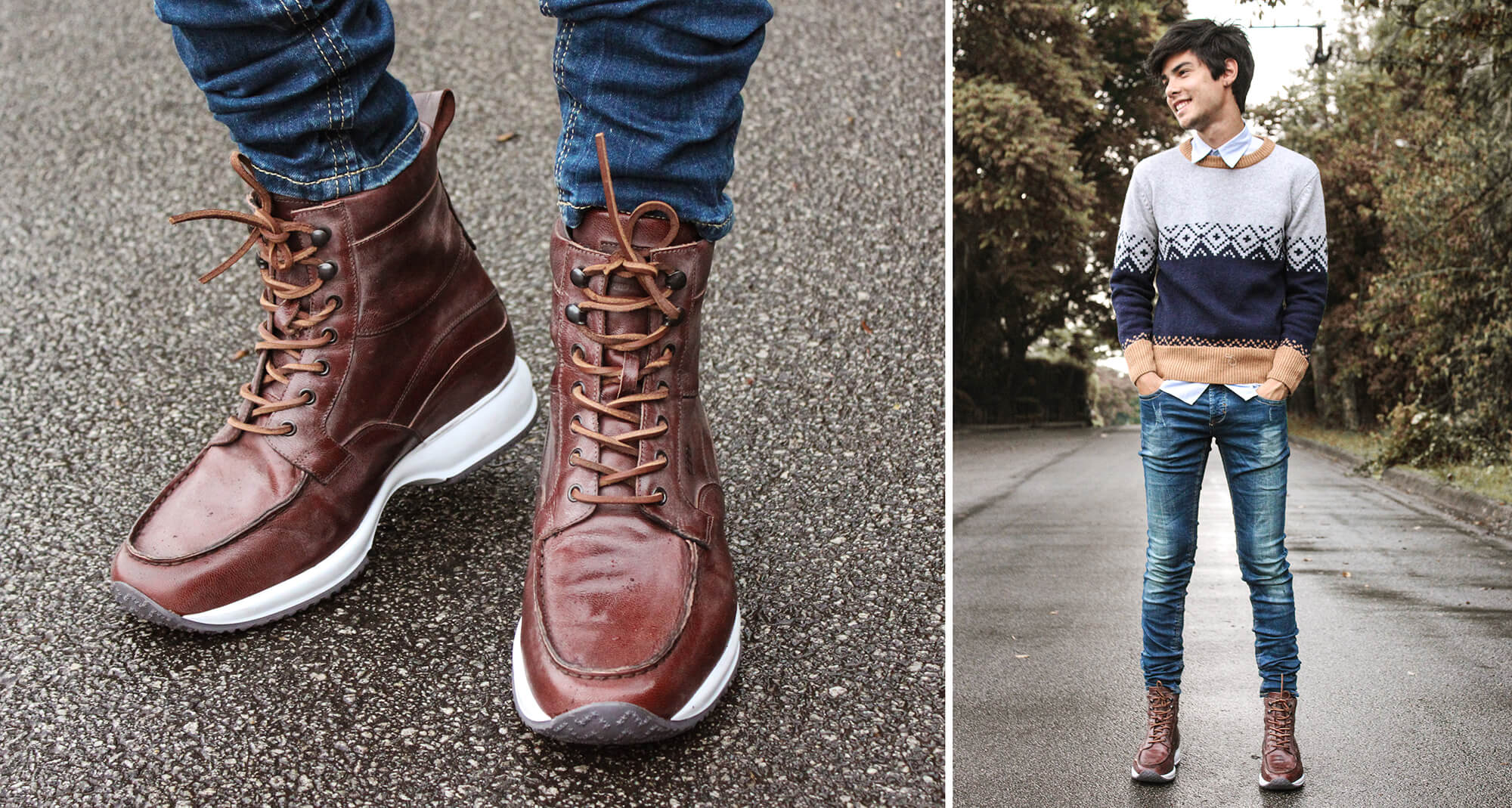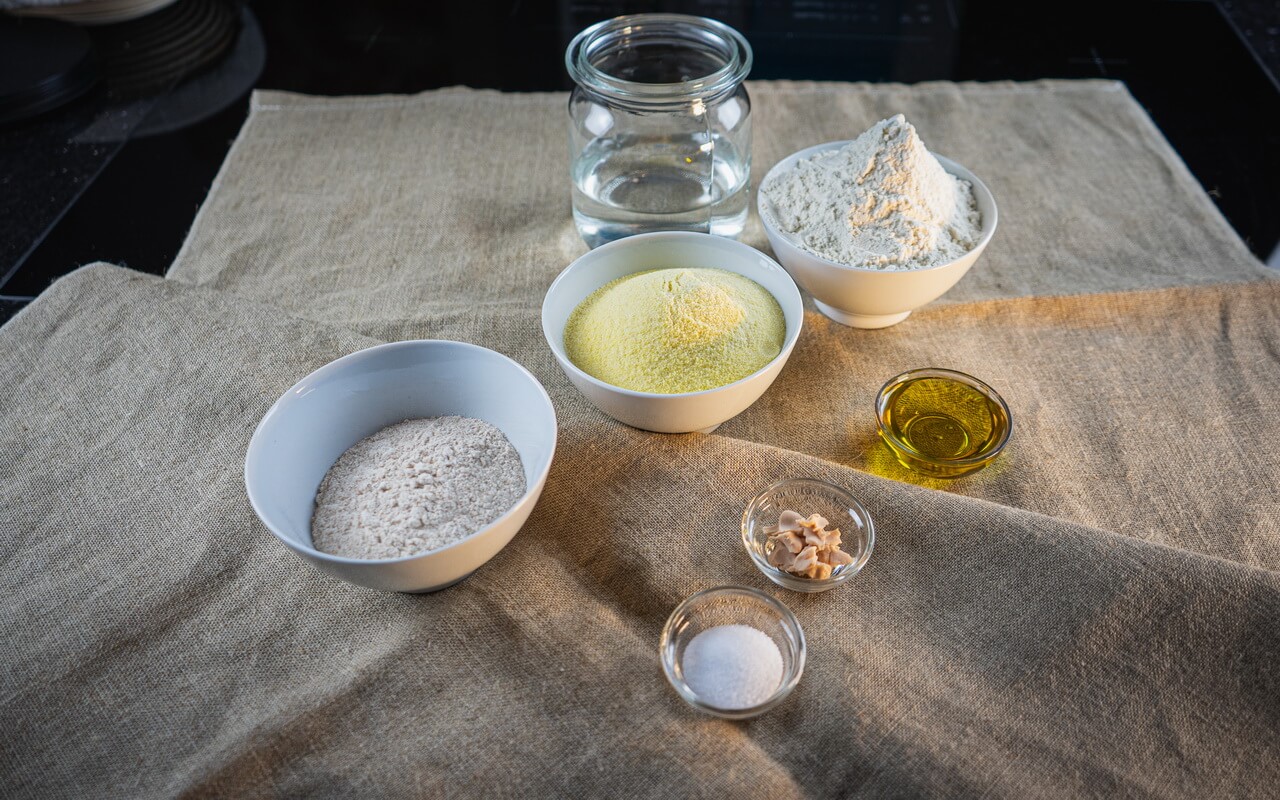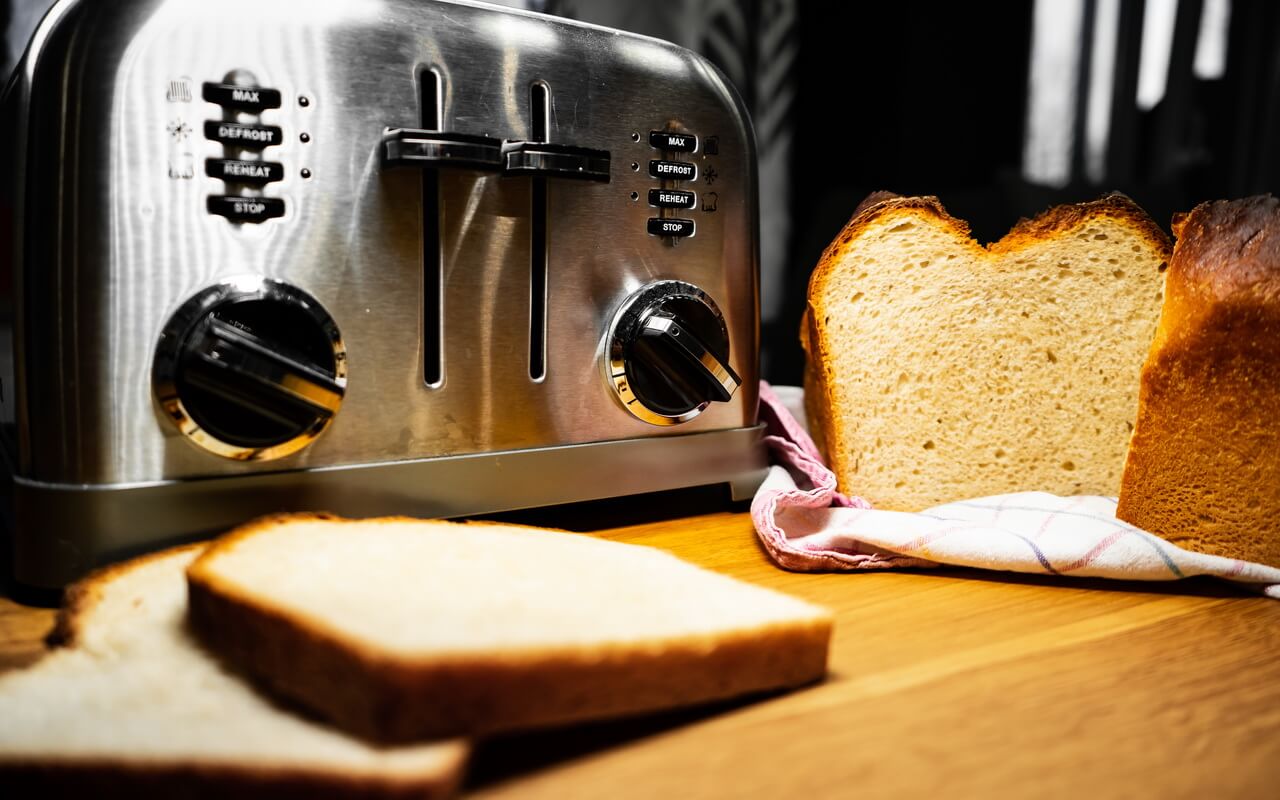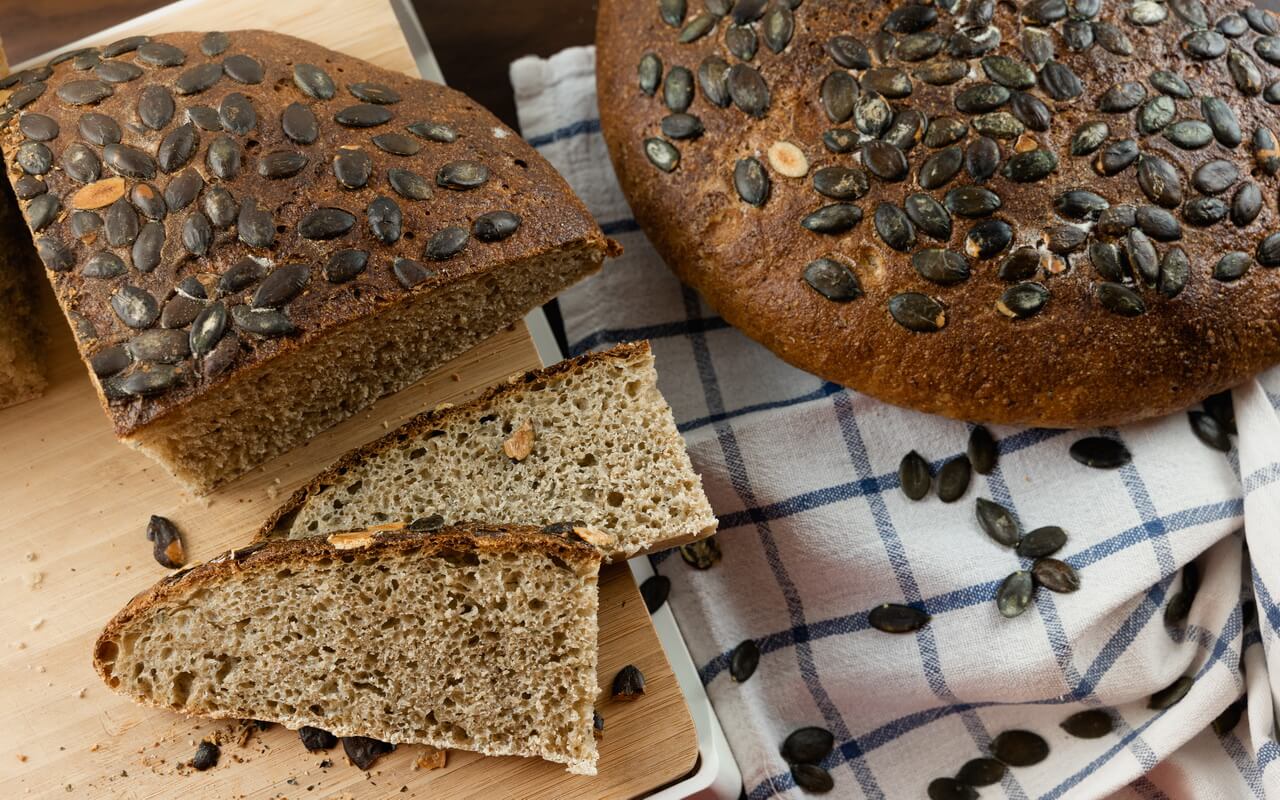Are you ready to embark on a yeast-filled journey? Letís dive into the world of baking yeast, a tiny ingredient that plays a massive role in our favorite baked goods. As a seasoned baker and writer, Iíve spent countless...
Are you ready to embark on a yeast-filled journey? Letís dive into the world of baking yeast, a tiny ingredient that plays a massive role in our favorite baked goods.
As a seasoned baker and writer, Iíve spent countless hours experimenting with different types of yeast in my kitchen. Iíve seen firsthand how the right yeast can make a world of difference in a loaf of bread or a batch of pastries.
So, why does yeast matter so much? And how can you choose the right one for your baking needs? Letís find out!
Table of Contents
Understanding Yeast Types of Yeast Choosing the Right Yeast Storing Yeast Yeast Substitutes Conclusion Frequently Asked Questions (FAQ)Understanding Yeast
Yeast is a type of fungus that plays a crucial role in baking. Itís a leavening agent, which means it helps dough rise. But how does it work? The answer lies in a process called fermentation.
During fermentation, yeast consumes sugars in the dough and produces carbon dioxide gas. This gas gets trapped in the dough, causing it to rise and giving baked goods their light and airy texture.
But not all yeasts are created equal. There are several types of yeast, each with its unique characteristics and uses in baking. For instance, if youíre interested in sourdough baking, understanding the role of yeast is crucial.
Types of Yeast
There are several types of yeast used in baking, including:
Bread Yeast: This is the most common type of yeast used in bread baking. Itís highly active and helps dough rise quickly. If youíre a beginner in bread making, understanding the role of yeast is essential. Check out my guide on Bread Making for Beginners for more information. Dough Yeast: This yeast is used in various doughs, including pizza and pastry dough. Itís slower-acting than bread yeast, allowing for a longer fermentation process. Cake Yeast: Also known as fresh yeast, cake yeast is highly perishable but gives baked goods a rich flavor and aroma. Sourdough Starter: This is a wild yeast used in sourdough baking. It gives sourdough its characteristic tangy flavor. Fresh Yeast: Fresh yeast is highly active and needs to be proofed before use. Itís ideal for bread and rolls. Instant Yeast: This yeast doesnít need to be proofed and can be added directly to the dough. Itís perfect for quick bread and recipes that require a fast rise. Active Dry Yeast: This yeast needs to be dissolved in water before use. Itís less active than instant yeast but more stable and has a longer shelf life. Brewerís Yeast: This yeast is used in beer brewing but can also be used in baking. It has a strong, bitter flavor.Choosing the Right Yeast
Choosing the right yeast for your baking needs can be a game-changer. Here are some tips to help you make the right choice:
Bread Baking: For bread baking, bread yeast or active dry yeast are excellent choices. Theyíre highly active and will give your bread a good rise. If youíre making a quick bread, consider using instant yeast. Pastry Baking: For pastries, dough yeast or cake yeast are often the best choices. They allow for a slower fermentation process, which can give your pastries a better texture and flavor. Sourdough Baking: If youíre baking sourdough, youíll need to use sourdough starter. This wild yeast gives sourdough its characteristic tangy flavor. Pizza Dough: For pizza dough, dough yeast is a great choice. Itís slower-acting, allowing for a longer fermentation process that can give your pizza crust the perfect texture.Storing Yeast
Proper storage of yeast can extend its shelf life and keep it active. Here are some tips for storing different types of yeast:
Fresh Yeast: Fresh yeast is highly perishable and should be stored in the refrigerator. It typically lasts for about two weeks in the fridge. Instant and Active Dry Yeast: These yeasts are more stable and can be stored in a cool, dry place. Once opened, they should be stored in the refrigerator or freezer.
Yeast Substitutes
If youíre out of yeast or want to try something different, there are several substitutes you can use in baking:
Baking Powder: Baking powder can be used as a substitute for yeast in recipes that call for quick breads. Sourdough Starter: A sourdough starter can be used as a substitute for yeast in sourdough recipes. Beer: Beer contains yeast and can be used as a substitute in some bread recipes.Remember, when using a substitute, the texture and flavor of your baked goods may be different.
Conclusion
Understanding the different types of yeast and how to use them can take your baking to the next level. Whether youíre baking bread, pastries, or pizza, the right yeast can make all the difference. So go ahead, experiment with different types of yeast, and discover the joy of baking!
Frequently Asked Questions (FAQ)
What is the best type of yeast for baking bread?
The best type of yeast for baking bread is typically bread yeast or active dry yeast. Theyíre highly active and will give your bread a good rise.
What is the difference between fresh yeast and dry yeast?
Fresh yeast is highly active and perishable, while dry yeast is more stable and has a longer shelf life. Fresh yeast needs to be proofed before use, while dry yeast can be added directly to the dough.
How do I use instant yeast for baking?
Instant yeast can be added directly to the dough without proofing. Itís perfect for quick bread and recipes that require a fast rise.
What yeast is used for baking cakes?
Cake yeast, also known as fresh yeast, is often used for baking cakes. It gives baked goods a rich flavor and aroma.
What are the yeast varieties for sourdough baking?
Sourdough baking typically uses a wild yeast known as sourdough starter. This gives sourdough its characteristic tangy flavor.
What is the role of Brewerís yeast in baking?
Brewerís yeast is primarily used in beer brewing but can also be used in baking. It has a strong, bitter flavor.
How should I store active dry yeast?
Active dry yeast should be stored in a cool, dry place. Once opened, it should be stored in the refrigerator or freezer.
How do I choose the right yeast for baking?
The right yeast depends on what youíre baking. Bread yeast or active dry yeast are good for bread, dough yeast or cake yeast are good for pastries, and sourdough starter is needed for sourdough.
What are the health benefits of baking yeast?
Baking yeast is a source of B vitamins and protein. It also aids in digestion and promotes healthy skin, hair, and nails.
What is quick acting yeast for baking?
Quick acting yeast, also known as instant yeast, doesnít need to be proofed and can be added directly to the dough. Itís perfect for quick bread and recipes that require a fast rise.
The post Decoding Baking: An In-depth Look at Different Types of Yeast appeared first on Delight Baking.














